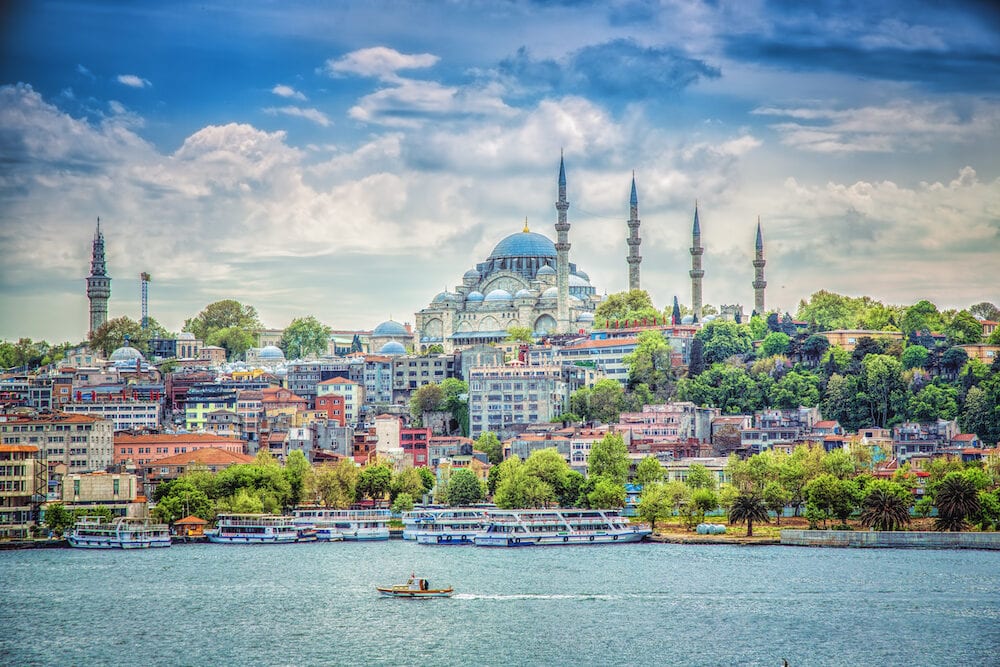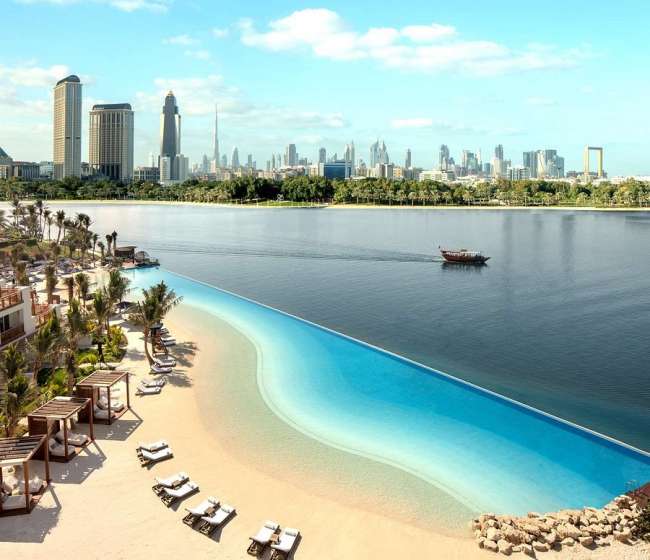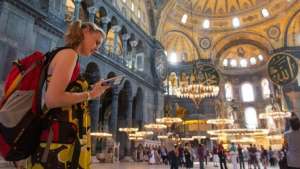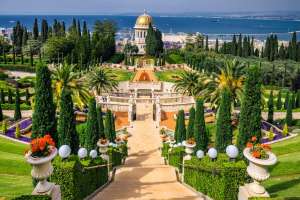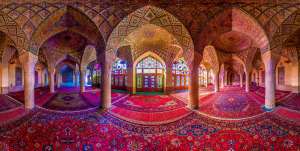Istanbul is a city that truly carries the weight of empires within its walls, gracefully blending the legacies of Asia and Europe into one mesmerizing whole. It is a place where ancient domes rise beside glass towers, where centuries-old bazaars coexist with modern cafés, and where echoes of history meet the pulse of a thriving metropolis. Founded in the Neolithic era, Istanbul has grown from the once-glorious Constantinople into a cosmopolitan hub while preserving its old-world charm through its mosques, basilicas, cathedrals, and labyrinthine markets.
With a population exceeding 14 million, Istanbul can be overwhelming at first glance. Yet, beneath the surface of its bustling streets lies a rhythm — a balance between timeless tradition and vibrant modern life. This guide brings together the most remarkable attractions across the city, helping travelers discover the perfect mix of sightseeing, local experiences, and cultural immersion. Once you’ve explored these landmarks, you’ll still have plenty of time to relax at a cozy café, dine at a rooftop restaurant overlooking the Bosphorus, or simply enjoy the energy of Istanbul’s streets.
Hagia Sophia
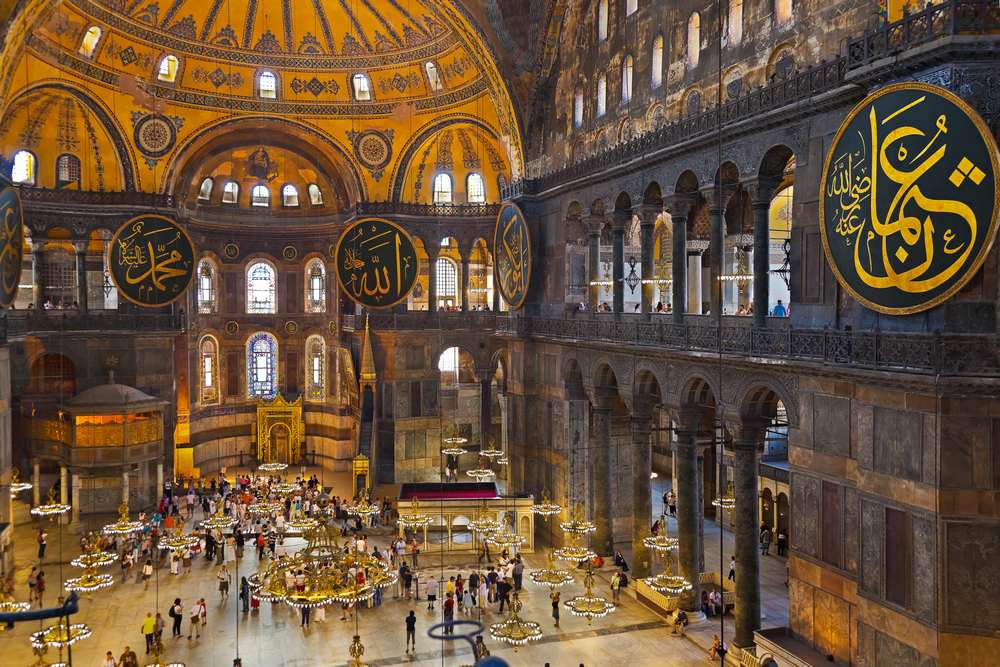
Few landmarks capture Istanbul’s layered history as completely as Hagia Sophia. Constructed between 532 and 537 AD by the Byzantine Emperor Justinian I, this architectural marvel once stood as the world’s largest church and remained so for nearly a thousand years. Later converted into a mosque during the Ottoman era and then into a museum in 1935 under the guidance of Atatürk, Hagia Sophia today represents centuries of faith, art, and power intertwined.
The interior leaves visitors breathless — golden mosaics glimmering under soft light, massive domes appearing to float above delicate columns, and traces of both Christian and Islamic artistry coexisting in harmony. Among its treasures are the famed Deesis mosaic, the seraphim angels, and inscriptions left behind by Viking visitors centuries ago. Wander through its cool marble corridors and you’ll find the tombs of Ottoman sultans, Queen Sofia’s resting place, and perhaps even Gli, the cat that famously befriended tourists and guards alike.
Topkapi Palace
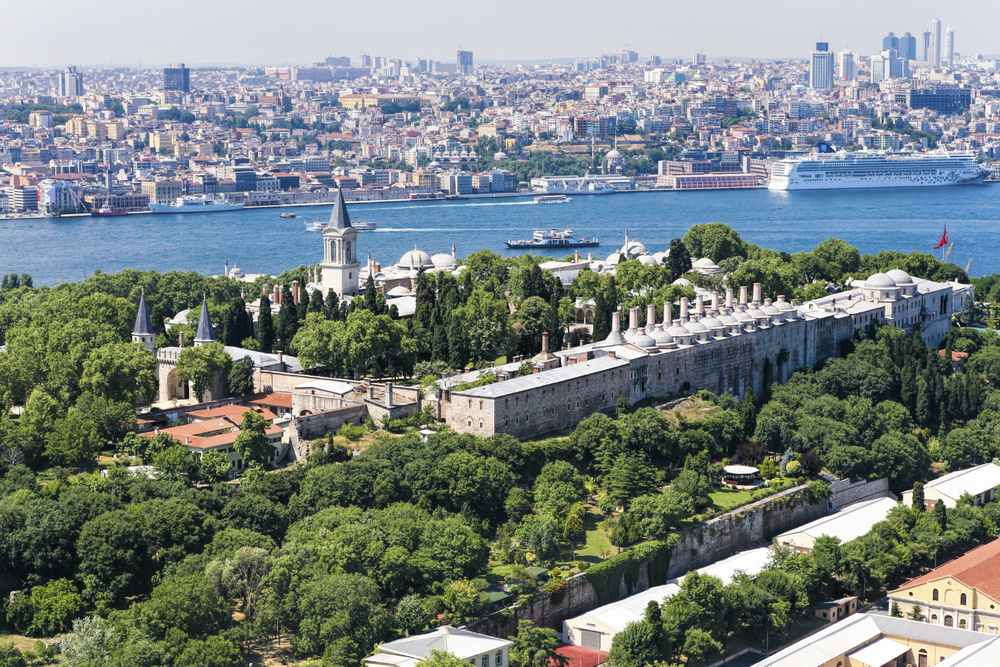
Topkapi Palace isn’t just a royal residence; it’s an entire world enclosed within ancient walls overlooking the Bosphorus. Built in the 15th century by Sultan Mehmed II, this vast complex was home to generations of Ottoman rulers for nearly four centuries. The palace sprawls across courtyards, pavilions, and lush gardens, each corner echoing the whispers of sultans, concubines, and guards who once lived here.
Inside, opulent chambers are filled with imperial treasures — jewel-encrusted swords, golden thrones, and relics of immense spiritual value. Visitors can explore the Harem, the Imperial Council Chamber, and sacred rooms displaying artifacts said to belong to the Prophet Muhammad. A rotating exhibition, often dedicated to cultural traditions, offers fascinating insight; one such display, “A Drop of Pleasure: 500 Years of Turkish Coffee,” celebrates the nation’s enduring love affair with coffee culture.
Blue Mosque
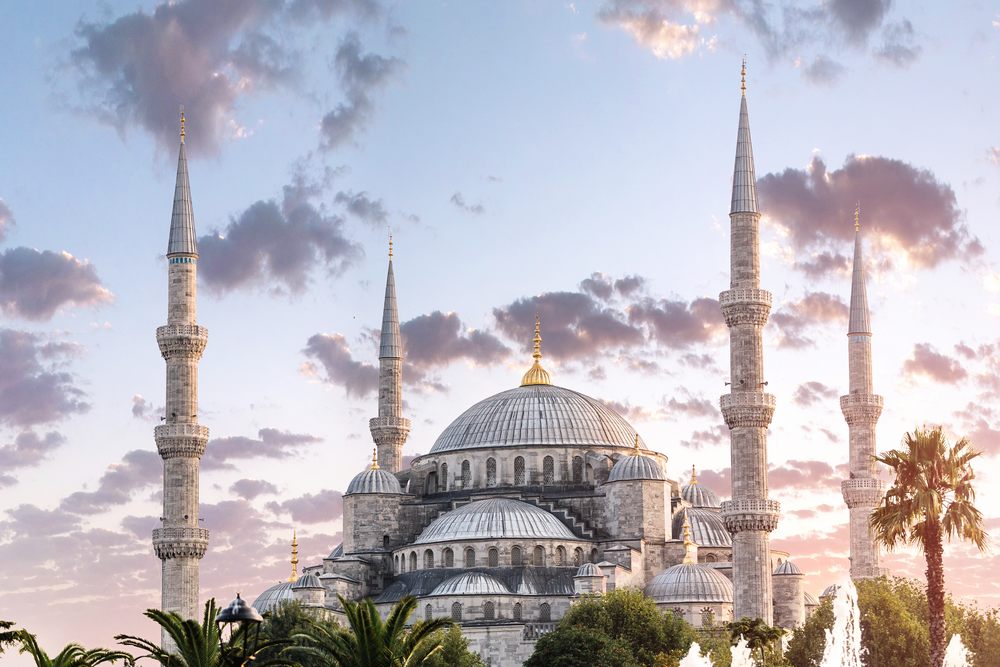
Standing opposite Hagia Sophia, the Sultan Ahmed Mosque, more commonly known as the Blue Mosque, is one of Istanbul’s most enchanting religious monuments. Commissioned by Sultan Ahmed I in the early 1600s, the mosque’s name comes from the more than 20,000 handcrafted Iznik tiles in shades of blue that adorn its vast interior. When sunlight filters through its stained glass windows, the entire space glows with a mystical, tranquil light.
The mosque remains an active place of worship, which means visitors are expected to dress modestly and respect prayer times. Even from outside, its six slender minarets pierce the sky, giving it one of the most striking silhouettes in the city. As the call to prayer echoes across the square, it becomes clear why this site holds such a deep spiritual and cultural significance for Istanbul’s residents.
Obelisk of Theodosius and Serpent Column

Near the Blue Mosque, in what was once the Hippodrome of Constantinople, two ancient monuments stand side by side — silent witnesses to millennia of history. The Obelisk of Theodosius, originally carved in Egypt around 1450 BC, was transported to Constantinople by Emperor Theodosius I and re-erected in the 4th century AD. Rising over 25 meters, it remains one of the city’s oldest surviving structures.
Beside it stands the Serpent Column, a bronze relic brought from Delphi, Greece, once part of a sacred sacrificial tripod dedicated to Apollo. Together, these monuments remind visitors of the city’s classical heritage and its long-standing role as a meeting point between civilizations.
Basilica Cistern
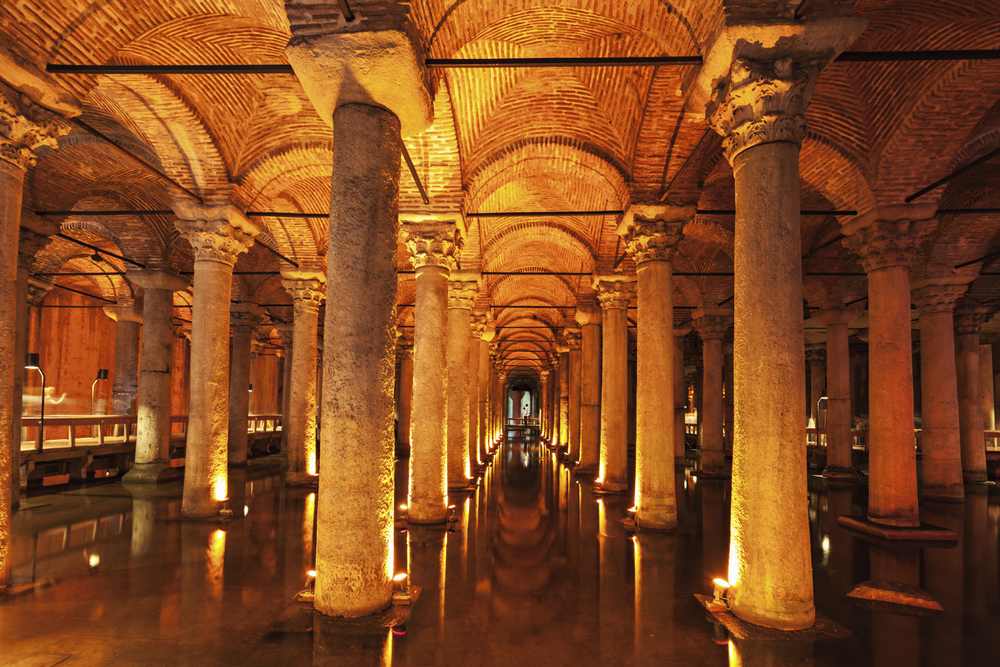
Beneath the streets of Istanbul lies an underground wonder — the Basilica Cistern, often called the “Sunken Palace.” Built during Emperor Justinian’s reign, it originally served as a reservoir supplying water to the Great Palace and surrounding areas. Step down into its dimly lit corridors, and you’ll be met by the haunting beauty of over 300 marble columns rising from reflective waters.
The atmosphere is serene and slightly mysterious; drops of water echo through the space while soft lighting reveals carvings and shadows across the ancient stone. The two Medusa heads that support columns are among the cistern’s greatest curiosities — no one knows exactly why they were placed there. Whether legend or coincidence, their eerie presence gives the site an almost mythical quality.
Maiden’s Tower
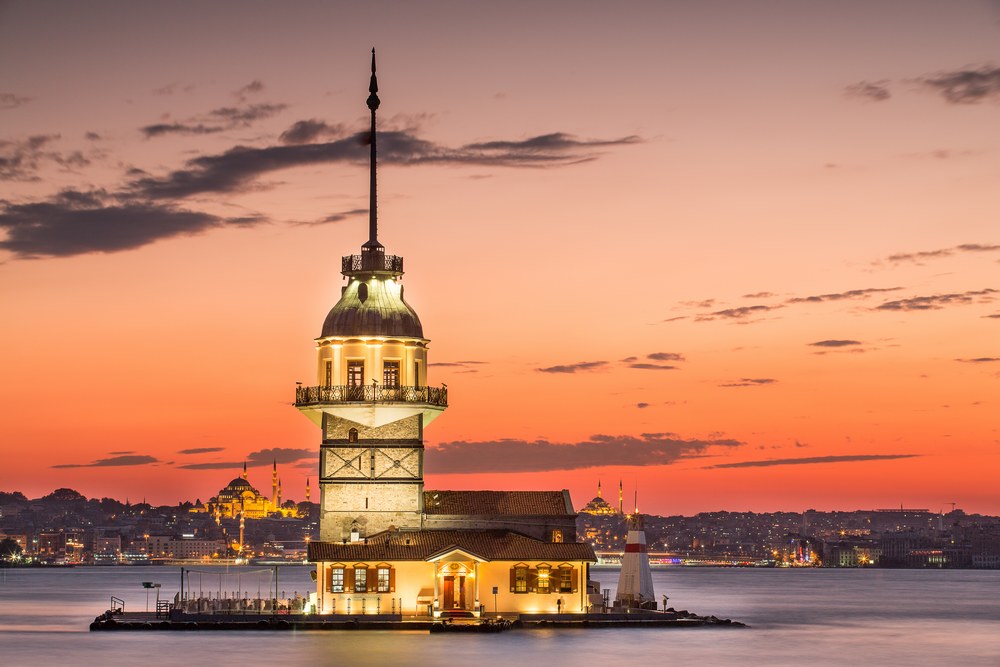
Set on a small islet in the Bosphorus, the Maiden’s Tower (also known as Leander’s Tower) is one of Istanbul’s most photographed symbols. Originally built as a watchtower, it has served various purposes over the centuries — from lighthouse to quarantine station. Today, it’s a romantic destination offering spectacular 360-degree views of the city’s skyline and surrounding waters.
Visitors can reach the tower by boat and enjoy a meal at its restaurant or watch the sunset from its upper deck. Many local legends are attached to the tower, the most famous being the story of a sultan who locked his daughter here to protect her from a prophecy — only for fate to find its way in the end.
Cemberlitas and Cagaloglu Hammams

A trip to Istanbul wouldn’t be complete without experiencing the centuries-old tradition of the Turkish bath. The Cemberlitas Bath and Cagaloglu Hammam, both located in the Old Town, are two of the most famous hammams in the country. Built in the classical Ottoman architectural style, these marble-domed bathhouses offer visitors a rejuvenating glimpse into Turkish culture and wellness rituals.
Here, you can choose from various treatments — from a basic steam and scrub to full-body massages with aromatic oils. As steam fills the air and light filters through circular skylights, the experience feels timeless, soothing, and deeply connected to the city’s ancient way of life.
Grand Bazaar
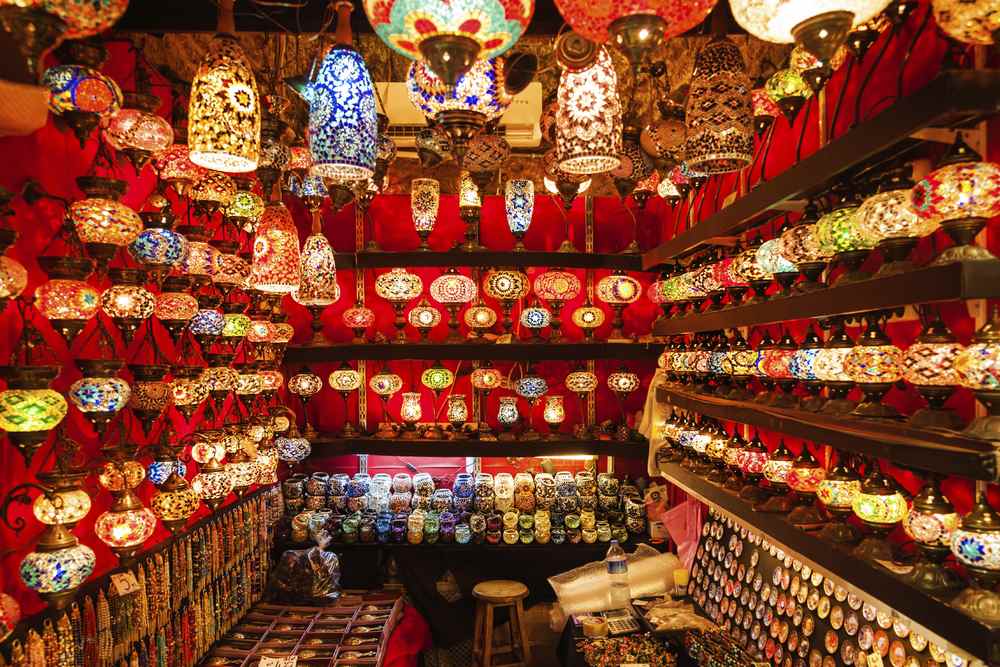
No visit to Istanbul is complete without getting lost in the maze-like corridors of the Grand Bazaar. Dating back to the 15th century, it is one of the largest and oldest covered markets in the world. With more than 60 interconnected streets and over 5,000 shops, the bazaar is a living testament to Istanbul’s commercial past and present.
Here, you’ll find everything from handmade carpets, antique jewelry, and leather goods to exotic spices and ceramics. The air is filled with the scent of Turkish coffee and the hum of lively bargaining. Beyond shopping, the bazaar houses small mosques, historic inns, and cozy teahouses where travelers can rest and soak in the atmosphere. It’s estimated that between 250,000 and 400,000 people visit daily — making it a world within a city.
Dolmabahce Palace
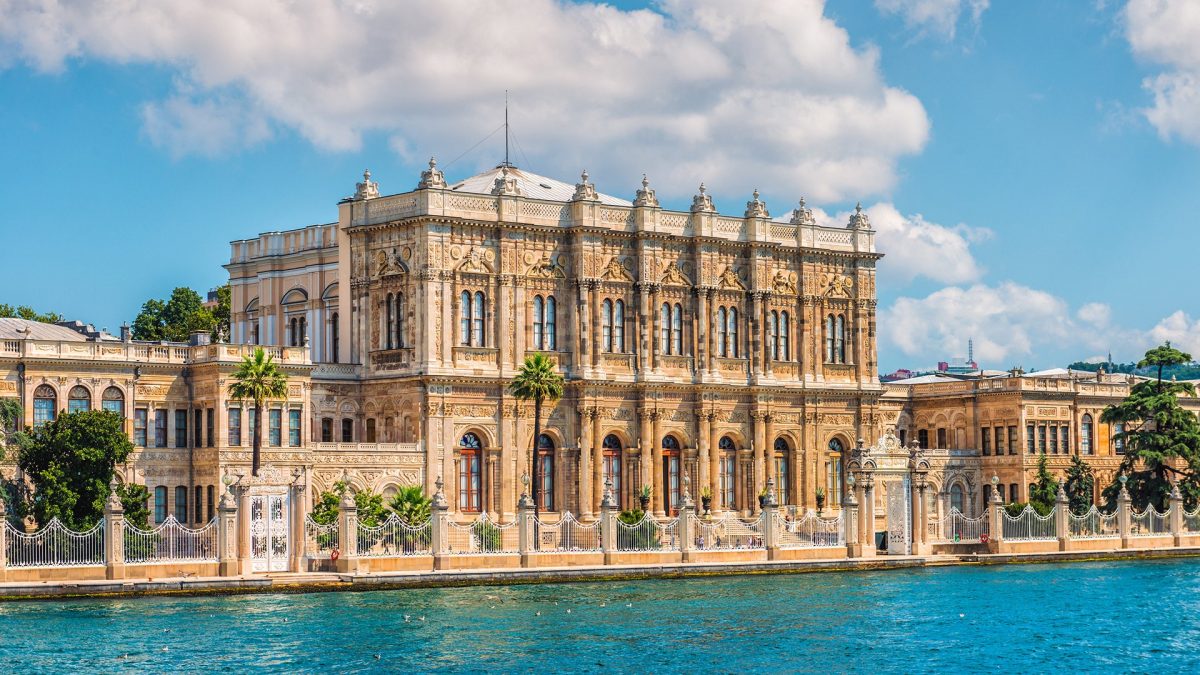
Built in the 19th century, Dolmabahce Palace reflects the Ottoman Empire’s transition into a more European-inspired age. Located along the Bosphorus, this lavish residence replaced Topkapi as the imperial home and administrative center. Inside, the décor is breathtaking — crystal chandeliers from Bohemia, gilded ceilings, and intricate carpets woven by the finest artisans.
The palace contains 285 rooms and 46 halls, all showcasing a fusion of Baroque, Rococo, and Neoclassical styles with unmistakable Ottoman grandeur. It was here that Mustafa Kemal Atatürk, founder of modern Turkey, spent his final days, adding yet another layer of significance to this architectural masterpiece.
Galata Tower

Rising above the skyline of Beyoğlu, the Galata Tower stands as both a historic monument and one of Istanbul’s most beloved viewpoints. Built in the 14th century by Genoese settlers, the tower has witnessed the evolution of the city for nearly seven centuries. Legend tells of Hezarfen Ahmet Çelebi, who leapt from this very tower in the 1600s using homemade wings and glided across the Bosphorus — a daring act long remembered in Turkish folklore.
Visitors can climb to the top for panoramic views of Istanbul’s old and new districts, where domes, bridges, and minarets stretch endlessly toward the horizon. At sunset, the scene is nothing short of magical.
Whether you choose to wander through the echoing chambers of Hagia Sophia, relax in a centuries-old hammam, or shop under the domes of the Grand Bazaar, Istanbul will leave you with impressions that last a lifetime. For convenient exploration, the Istanbul Tourist Pass offers discounted access to major landmarks, while the Big Bus Sightseeing service allows for easy hop-on, hop-off travel. Wherever you go, the city welcomes you with open arms and endless stories waiting to be discovered.


